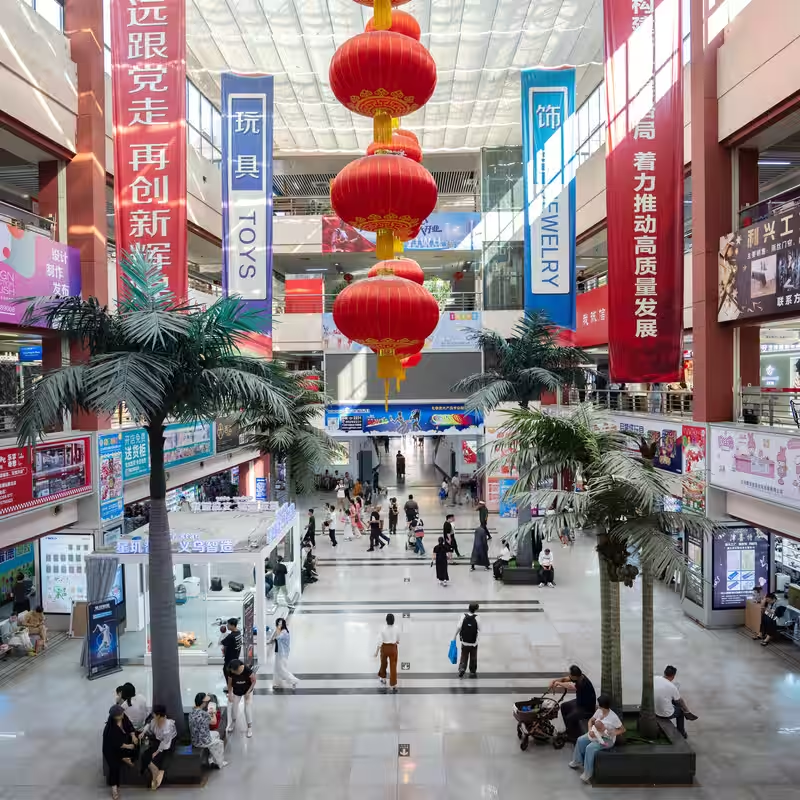Table of Contents
- China’s Factory Fortress
- Yiwu: The Global Wholesale Hub
- Export Strategy Shifts Amid Trade War
- Economic Impact and Global Reach
- Sources
China’s Factory Power Defies Trump Tariffs
While Washington insiders argue that China’s economy is too fragile to absorb another round of U.S. tariffs, a different story is unfolding on the factory floors of eastern China. In cities like Yiwu, production lines are humming louder than ever—challenging the narrative that Beijing is on the back foot in its trade standoff with former President Donald Trump.
Beijing has long held dominance over global supply chains, but recent moves show it’s doubling down on manufacturing as a strategic weapon. With a trade surplus already exceeding $875 billion in 2025, China’s export engine is not just surviving—it’s thriving.
Yiwu: The Global Wholesale Hub
At the heart of this resilience is Yiwu, home to the world’s largest wholesale market. Spanning multiple city blocks, Yiwu’s markets are packed with vendors selling everything from LED party lights to miniature drones. Last week, the city unveiled a new trade center the size of hundreds of football fields—an unmistakable signal of China’s confidence in its manufacturing might.

Local entrepreneur Gong Hao, once reliant on American buyers for his plastic Hawaiian leis and novelty party gear, says the loss of U.S. customers hasn’t dented his business. “American customers have little impact on us,” he told reporters, reflecting a broader pivot toward Europe and Southeast Asia.
Export Strategy Shifts Amid Trade War
China’s export diversification isn’t accidental—it’s state-engineered. Facing steep tariffs from Trump-era policies that have resurfaced in 2025, Beijing has aggressively courted new markets. Trade data shows a marked increase in shipments to ASEAN nations, the EU, and even Africa.
| Region | Export Growth (YoY) | Key Products |
|---|---|---|
| Europe | +18% | Electronics, textiles |
| Southeast Asia | +24% | Toys, household goods |
| North America | -9% | Consumer novelties, low-end electronics |
Economic Impact and Global Reach
Exports now account for nearly one-third of China’s GDP growth over the past year—a level economists warn may be unsustainable long-term but demonstrates remarkable short-term agility. Government subsidies, streamlined logistics, and digital trade platforms have empowered even small vendors to go global without relying on U.S. demand.
This shift isn’t just about economics—it’s geopolitical. By reducing dependence on American consumers, China is strengthening its hand in future negotiations. Analysts at [INTERNAL_LINK:trade-policy] note that Beijing’s control over critical materials and manufacturing capacity gives it leverage beyond tariffs.
“What Washington underestimates,” said Dr. Lin Mei, a trade economist at Fudan University, “is how deeply embedded China’s production ecosystem is—and how quickly it can reroute.”




